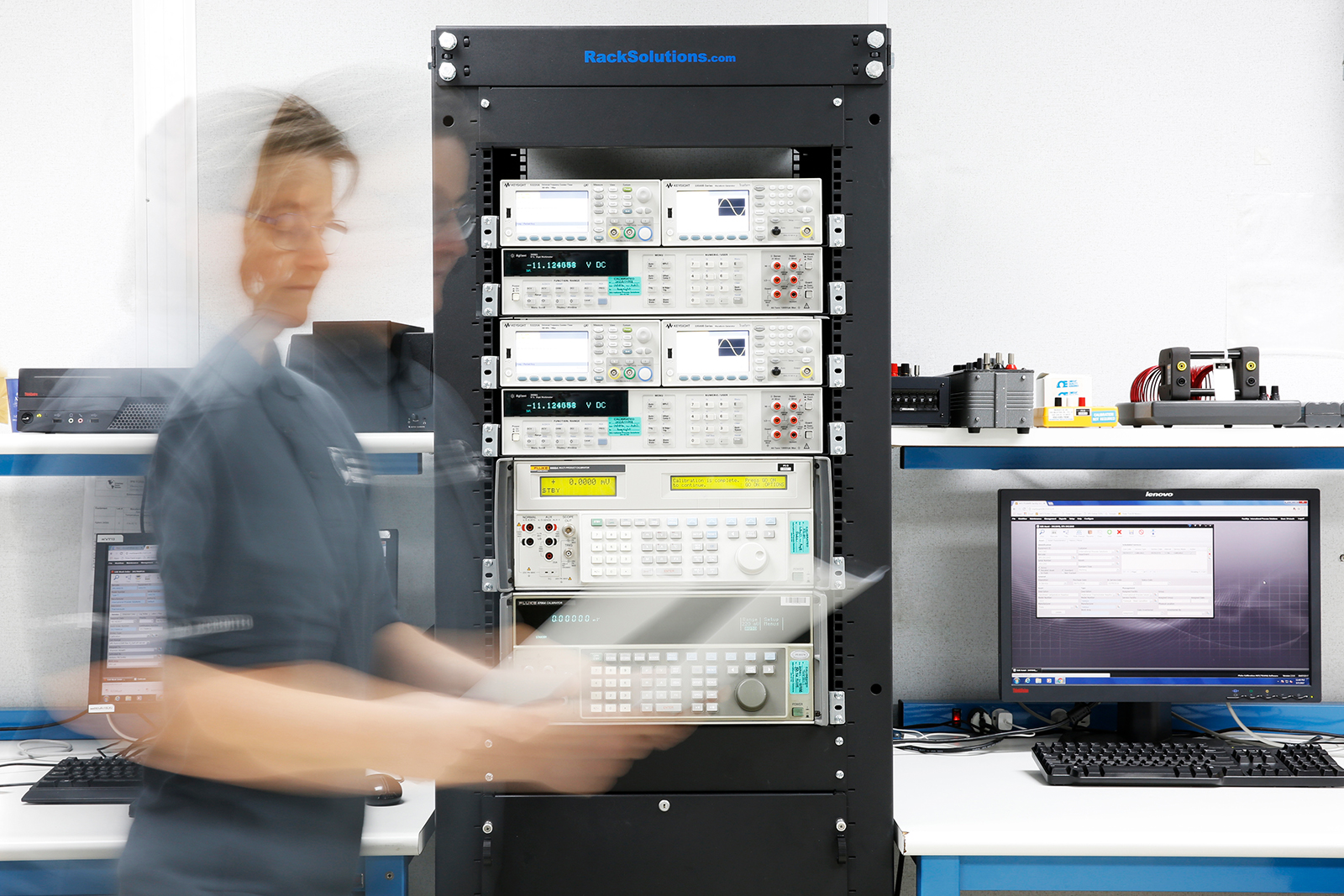
Proper equipment calibration is essential for ensuring accuracy, compliance, and operational efficiency across industries. At International Process Solutions, we specialize in providing professional calibration services with quick turnaround times and precision standards that exceed expectations. To help companies achieve the most reliable results, we have created this step-by-step guide to preparing equipment for calibration. By following these best practices, organizations can streamline the calibration process, minimize downtime, and guarantee accurate, traceable measurements.
Before diving into the steps, it is crucial to understand why preparing equipment for calibration is so important. Correct preparation ensures:
The first step is creating an equipment inventory that specifies all devices requiring calibration. At International Process Solutions, we recommend including:
This equipment list not only keeps calibration records organized but also ensures no critical instrument is overlooked.
Every piece of equipment comes with manufacturer recommendations for calibration intervals. Additionally, certain industries such as pharmaceuticals, aerospace, and food processing follow strict regulatory compliance standards like ISO, FDA, or GMP.
We advise companies to cross-check these requirements to determine calibration frequency. In regulated industries, aligning calibration schedules with compliance standards is non-negotiable.
Calibration is only accurate if the instrument is free of dust, residue, or damage. Prior to sending equipment for calibration, carry out a detailed inspection and cleaning process:
If the instrument is damaged, it may require repair before calibration. Skipping this step often leads to unreliable calibration results.
Calibration technicians need to understand the environmental conditions under which the instrument operates. This includes:
Providing this documentation helps technicians replicate real-world usage scenarios during calibration, ensuring more relevant and reliable results.
Modern instruments often store digital settings and measurement data. Before sending equipment for calibration, always backup configurations and data files.
This precaution avoids data loss and ensures that once calibration is complete, the equipment can be restored to operational readiness without unnecessary downtime.
Proper labeling and tagging allow calibration technicians to identify each piece of equipment quickly. We recommend:
This step not only improves workflow but also helps with future calibration tracking and scheduling.
If calibration is conducted off-site, safe packaging is critical. Instruments should be packed in a way that prevents damage during transit. Follow these best practices:
At International Process Solutions, we also offer on-site calibration, eliminating transportation risks and reducing turnaround times.
Along with the instrument, always provide the necessary supporting documentation, such as:
This documentation helps calibration specialists understand the instrument’s history and compliance needs, ensuring precise results.
Certain instruments may require specific calibration ranges or tolerances based on their application. For example:
Providing these details in advance helps technicians customize the calibration procedure to meet your exact requirements.
Calibration often means temporary unavailability of equipment. To avoid production delays:
International Process Solutions understands the importance of uptime, which is why we offer fast turnaround calibration services with options for 72-hour completion.
After calibration, ensure that the equipment comes with a traceable calibration certificate. This document should include:
Reviewing this certificate ensures compliance with internal quality systems and external regulations.
Once calibration is complete, immediately update the equipment records in your calibration management system. This provides:
Well-maintained calibration logs prevent missed deadlines and ensure ongoing measurement accuracy.
At International Process Solutions, we bring decades of expertise in calibration, validation, and compliance services. Partnering with us ensures:
Our clients trust us because we combine technical expertise with responsive service, ensuring minimal downtime and maximum reliability.
Proper preparation is the foundation of successful equipment calibration. By following these steps—identifying equipment, cleaning, documenting conditions, backing up data, labeling, packaging, and maintaining records—organizations can achieve higher accuracy, better compliance, and longer equipment life cycles.
At International Process Solutions, we are committed to providing world-class calibration services tailored to the unique needs of each client. Whether you require on-site calibration for critical instruments or fast turnaround times for production equipment, our team delivers precision, reliability, and compliance every step of the way.
No Comments